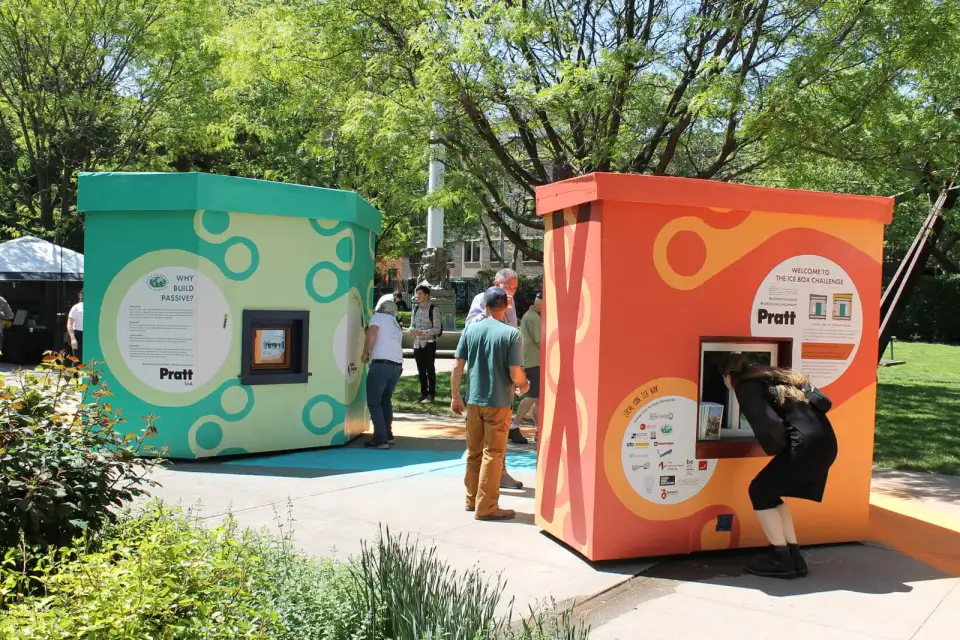
Sto Corp., the innovative world leader in complete single-sourced solutions for the building envelope, teamed up with Pratt Institute and Passive House for Everyone (PHFE) in the spring of 2023 as an advocate sponsor for the first-ever US Collegiate Designed and Built rendition of the International Passive House Ice Box Challenge. Created to demonstrate the essential role Passive House standards can play in mitigating the global climate crisis, the Ice Box Challenge has been an effective illustration around the world. Passive House design and construction has five principles that are fundamental to the energy efficiency of buildings, drastically reducing a building’s energy use while enhancing health and comfort.
Pratt Institute's mission is to empower the next generation of architects to create eco-friendly environments and actively participate in the green economy. To this end, Pratt visiting professor and Passive House architect, In Cho, as an extension of her climate education non-profit Passive House For Everyone, has developed a design studio curriculum to teach students how to design and build sustainable structures, then test them to see how well they perform.
The Pratt Institute’s Brooklyn Ice Box Challenge demonstrated these principles effectively and publicly as the architecture students designed and constructed two ice box structures, one according to local standard building codes and the other guided by high-performance, Passive House building standards. Students and onlookers alike were able to then observe how ice blocks weighing approximately half of ton inside each structure fared over one week.
Cho oversaw the challenge, and Pratt Institute’s iteration of the international Ice Box Challenge is notable on multiple fronts. The students at Pratt were the first to feature a modular construction technique, which will allow the two ice box structures to be deconstructed and reassembled on other campuses for future challenges.
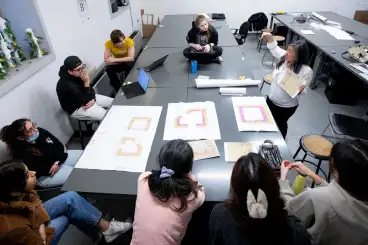
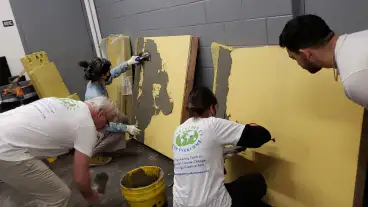
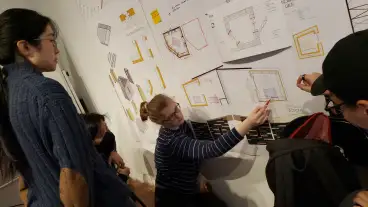
Sto Corp. was more than just an advocate sponsor of the Ice Box Challenge. Dan Canova, Construction Design Manager at Sto Corp., provided hands-on training on Sto’s energy efficient system solutions. “This project was about educating our up-and-coming generation, so it was a real treat to get to work directly with the students,” Canova notes. His instruction was essential to this challenge as Sto Gold Coat®, an air and water-resistive barrier, was applied to the Passive House structure. Additionally, Sto is a contributor to the Passive House movement with a wide range of systems designed to minimize energy consumption. “Energy efficiency is a major focus of what we do at Sto, so we were excited to be a part of Pratt Institute’s Ice Box Challenge and to support these rising students,” says Jose Berlingeri, President and Chief Executive Officer of Sto Americas. “Together with the next generation, we can start a new era of Building with conscience for new and retrofit construction.”
According to Cho, current building practices are a leading cause of climate change. “Buildings contribute up to 40% of carbon emissions that are conducive to climate change, and in dense cities like New York, that number is almost up to 70%.” Cho says Passive House principles can go a long way toward addressing these issues by lowering “heating and cooling energy demands by up to 90%.” While climate action is the primary thrust of Passive House principles, its appeal is multi-faceted. Cho added, “It’s great for energy efficiency, but it also creates incredible comfort and health,” referring to the cleaner, filtered air and more consistent temperatures inside Passive House buildings.
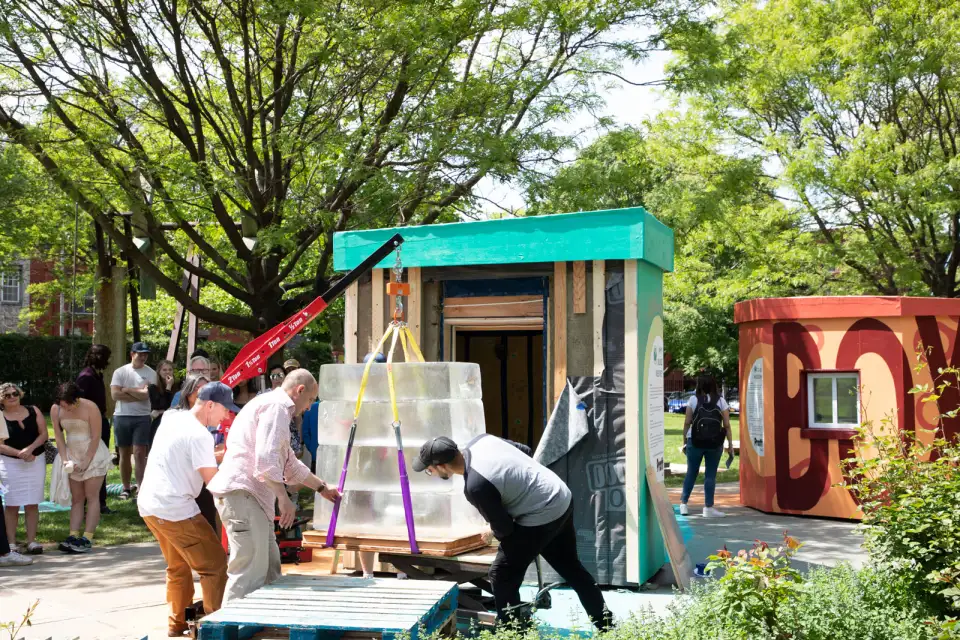
The results were revealed at a spring event one week after the launch. Esteemed speakers and the weighing of the ice made for an exciting event. After one week, the 1,150-pound block of ice in the Passive House standard box still weighed 900 pounds! The box constructed according to New York standard building codes was still very much intact, but only weighed 737 pounds. The overall surviving ice weight in the Passive House structure was 20% higher than the New York building code structure.
As Cho mentioned in her remarks at the event, the hope was that the two structures would perform on par with one another, since the New York code has improved since the last time the Ice Box Challenge was conducted in Time Square, but to hear and see the results at the event it emphasizes the benefit of Passive House principles.
To see the entire event, you can view it here: https://www.youtube.com/watch?v=zXhpzACqRD8